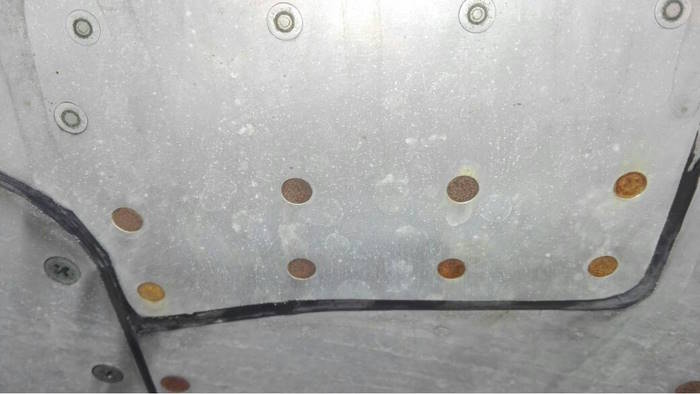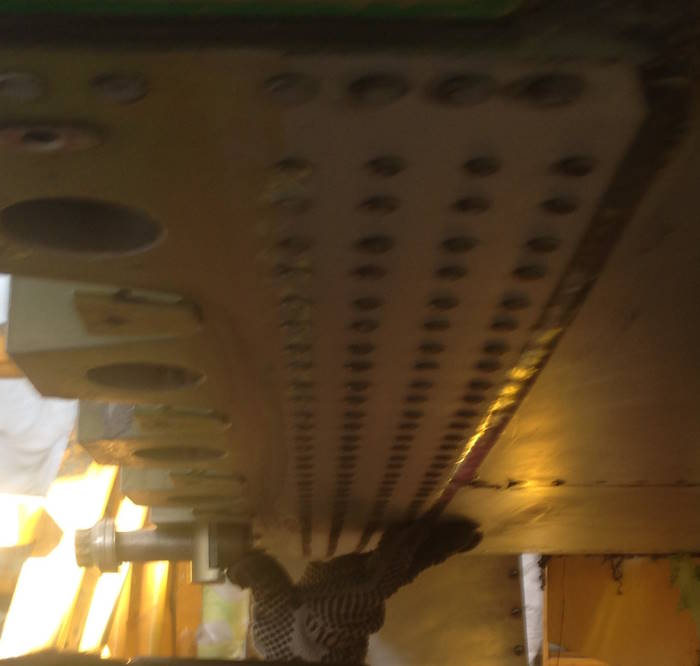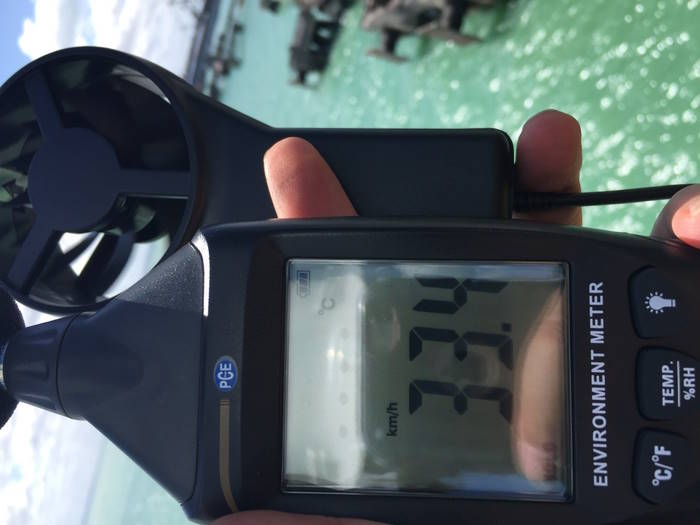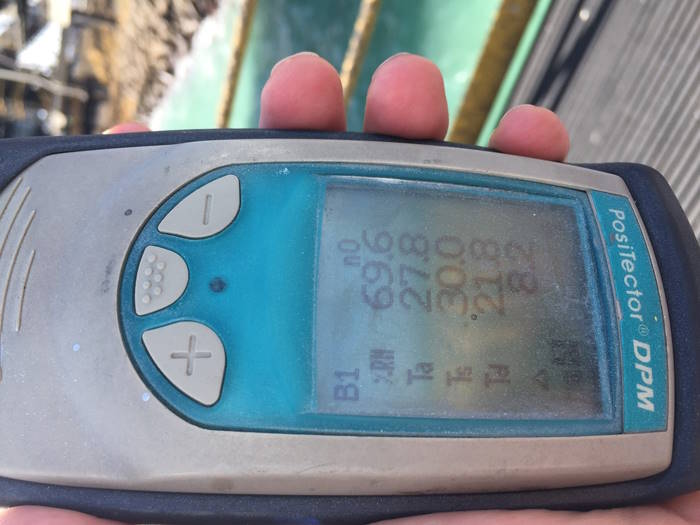Corrosion control, which can be assessed, measured or established in a structure, is determined by the protection time. This is achieved by the mechanisms that are taken as protection design or by the assertive selection, preparation and application of products.
By JUAN MANUEL ÁLVAREZ*
The way you want to go to establish the origin of the protection time designed or fulfilled, refers to durability.
Durability is itself a measure of time, which can either be designed to be met, or it can be measured to determine with great accuracy the time remaining in the same level of protection.
This concept of durability can be visualized in different ways:
With the frequencies of inspection or monitoring to verify the condition of the structure.
With the cleaning frequencies that must be met to preserve the materials and comply with the service time by design.
With the times in which a structure must enter maintenance services.
With the times of aging and fatigue of the materials of the structure.

From the above examples, durability should be related to maintenance levels. Consequently:
Inspection or monitoring frequencies are related to predictive maintenance.
Cleaning frequencies for material preservation are related to preventive maintenance.
The times in which a structure must enter service are related to corrective maintenance.
The times of aging and fatigue are related to the recuperative maintenance or change of part, element, component or the same structure.
Based on the above, durability is related to the performance capacity of the materials, so it can not only be measurable, but designed and modified or altered.

A corrosion control program can be designed in compliance with the required protection time; For example, ten years, 20 years, 30 years, 50 years.
Now, what is needed for design to meet the times required for service time will be based on the work environment (see previous article of this Corrosion Control cycle) or by the control mechanisms used (see first article of the Corrosion Control cycle), for example.
Thus, durability times can be altered or modified by the working environment and control mechanisms.
The durability determined by design, or by opinion resulting from monitoring, can be altered by the working environment due to climatic changes, alterations of the process or service variables of the structure, deviations from the thresholds or ranges of service specification, etc.
Durability can also be modified by variations made to the work environment; both from the climatic point of view (covering of structures, for example), mechanical (modification of loads or stresses, for example) or physical (exposure to ultraviolet radiation – exposure to sunlight, for example).
It can also be modified by changes in process variables with a decrease in the ranges of specifications (automation, for example), or by extension of thresholds or ranges of service environment (by changing materials in the structure, for example).
It should be noted that durability is directly associated not only with service life, but with the cost-benefit that from the economic or financial point of view establishes and determines the costs of production, maintenance and depreciation of assets.

Durability in terms of testing is related to the different chambers that are used in the laboratory to determine resistance to different environments or variables in accelerated tests.
The following cameras are used to determine durability in different service environments:
Saline chamber.
Ultraviolet or UV camera.
Wet chamber.
Other.
The salt chamber simulates a marine or maritime service environment, for example.
The UV camera or determination of resistance to ultraviolet radiation simulates exposure to sunlight, for example.
The wet chamber determines the strength or stability of materials in humid environments, for example.
They are accelerated tests, since the hours that are counted in the hour meter of any of the cameras to determine the resistance or failure of the material are equivalent to years of service in the environment that is simulated in the camera.
The tests carried out in any of the chambers serve or are used in the selection of materials, as well as products to be used as a protection mechanism for corrosion control.
It should be noted that many other destructive tests are used for the same purpose: to determine the resistance or service life of materials and products.
For example:
The determination of the cycles or life of stress fatigue that appears in technical sheets of materials.
The "service environment" test in coatings.
The number of saline chamber hours a material or product is required to fulfill.
Practical example and criterion of the term durability: when the technical sheet of a product establishes a durability of ten years, for example.
It should be understood that it is subject to different stages in which it can affect that durability of design or formulation of the material or product. The stages to which I refer are, for example:
The correct environment in storage.
Compliance with the conditions of preparation of the products.
Compliance with the conditions of elaboration of the materials.
Compliance with the times, temperatures and relative humidity related to the product application stage.
Compliance with the drying times of the products.
Compliance with the heating and/or cooling rates of the materials.

In summary, durability is an objective to meet in relation to the control of corrosion in structures, which requires technical supports such as tests, standards, norms, manuals and concepts or technical calculations that allow with great accuracy to meet that objective.
In this way, the commitment to enforce the predetermined and calculated durability for the service life of a structure, through the materials and products applied for corrosion control, is established, as mentioned above, by the times related to frequencies determined with the maintenance levels.
In this cycle of articles aimed at "Corrosion Control", which were related from the first edition (Corrosion Control Mechanisms, Environments and Durability) it is considered decisive from the design of the Corrosion Control program to deal with the issue of Corrosion Speed.
In the next edition, the topic related to "Corrosion Speed" will be developed, which in itself establishes the guidelines and tasks to be carried out related to the Corrosion Control Program in structures.
As always, I wish you a good aging and many successes in your work.
*JUAN MANUEL ÁLVAREZ RODRÍGUEZ
Designer for Corrosion Control, Certified Coating Inspector, Corrosion Technician and Marine Coating Inspector (NACE International, the Corrosion Society) AMPP (Association for Materials Protection and Performance).
A.S.T.M. member of the committees of corrosion, paints and coatings, fuels, general
aviation, adhesives, nondestructive testing, and composites.
Certified Instructor ICAO (International Civil Aviation Organization).
Inspector in Non-Destructive Testing.
Specialist in Metal Structures and Composite Materials
Juancorrosion.com [email protected]
Technical Manager of Corrosion, Control and Quality, Advisory Services, Inspections and Training for the Control and Prevention of Corrosion


























Leave your comment